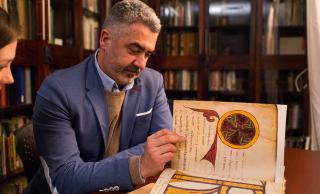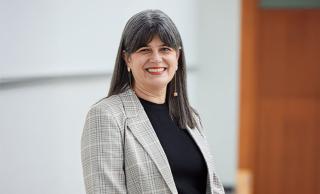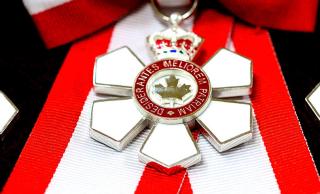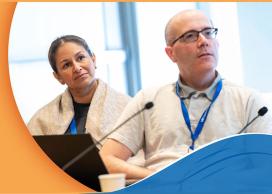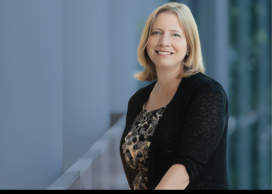How does memory work
November 25, 2024
UBC researchers are revealing how the brain creates, stores and retrieves memories, opening the door to new treatments for PTSD, Alzheimer’s disease and autism spectrum disorder.
Dr. Mark Cembrowksi, associate professor in the Department of Cellular and Physiological Sciences in the Faculty of Medicine is studying fear memory in action. The study has already yielded a number of critical insights that open up the possibility of novel treatments for post-traumatic stress disorder (PTSD). In addition, his team discovered a previously undocumented subtype of neuron that could have even farther-reaching implications for how we understand and treat memory-related disorders and diseases.
- Our people
- Research
- Announcement
